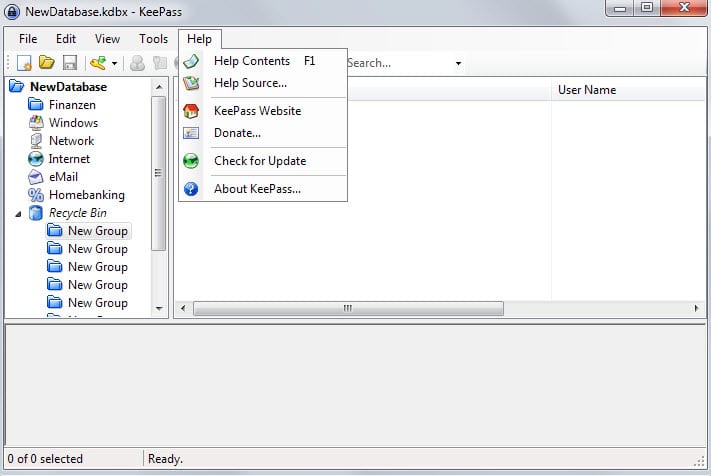
In this case, you might prefer Keepass2Android Offline, which doesn’t support cloud syncing. Of course, you can also store database files locally on your phone. In addition, you can load the KeePass database from a third-party Android app. Keepass2Android supports Dropbox, OneDrive, Google Drive, SFTP (SSH file transfer), FTP, HTTP (WebDav), and HTTPS (WebDav). I recently moved to Keepass2Android, mostly because it allows me to sync the KeePass database with my cloud drive more conveniently. I have been using KeePassDroid, the most popular KeePass-compatible Android app (according to the Google Play statistics), for quite a while. I will cover this topic in my next post.) (Another solution I am currently considering is the use of a master password tool. I also like that I can always bring my passwords with me and easily access them everywhere in an emergency. Because I currently have 100+ different passwords for different services, no other convenient way exists to manage my passwords. More and more of the services I use on Windows I also need on Android, and vice versa. You might ask, “It isn’t a bit risky to store your password safe in the cloud?” The short answer is “Yes.” The long answer is “Yes indeed!” So why would the security-minded admin want to sync KeePass to the cloud? Well, sometimes you have to take risks if you want to improve your productivity.

Automatically mount an NVMe EBS volume in an EC2 Linux instance using fstab - Mon, Feb 21 2022.Install Boto3 (AWS SDK for Python) in Visual Studio Code (VS Code) on Windows - Wed, Feb 23 2022.


 0 kommentar(er)
0 kommentar(er)
